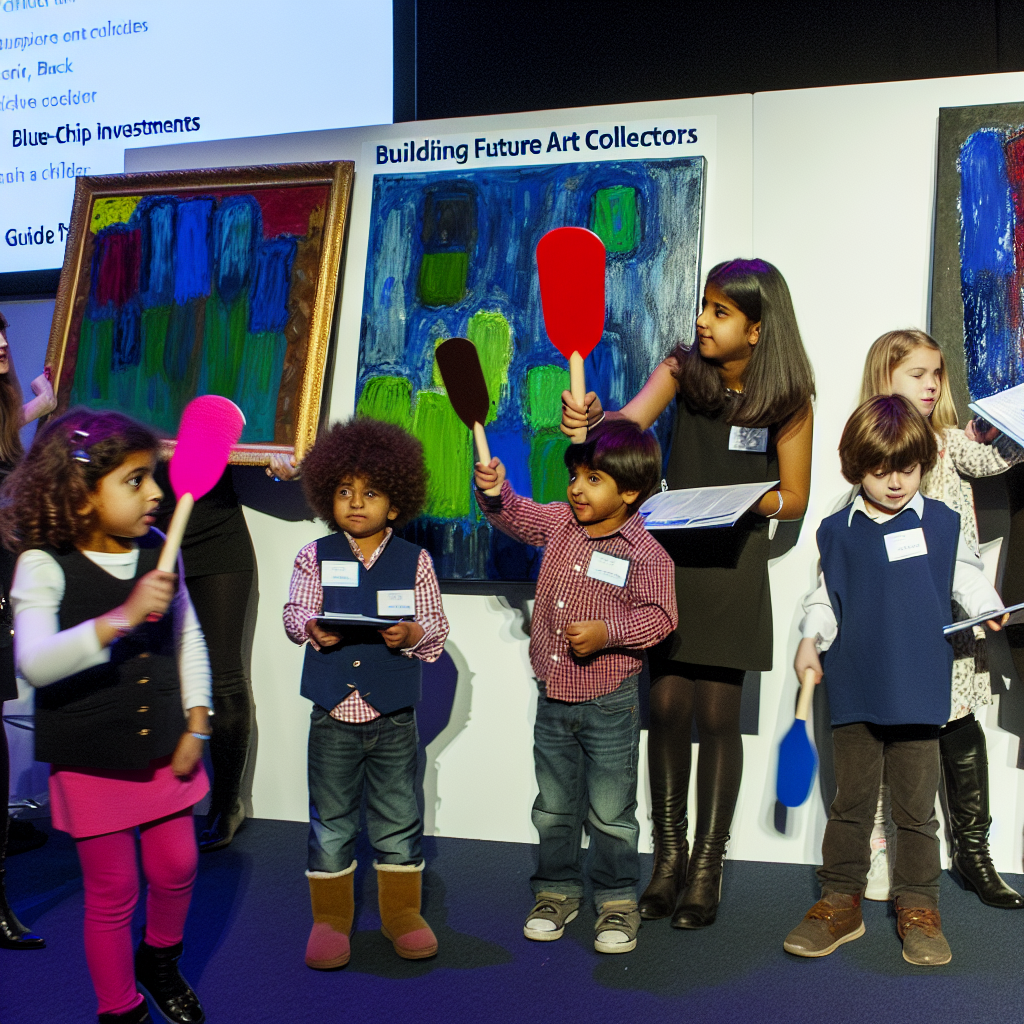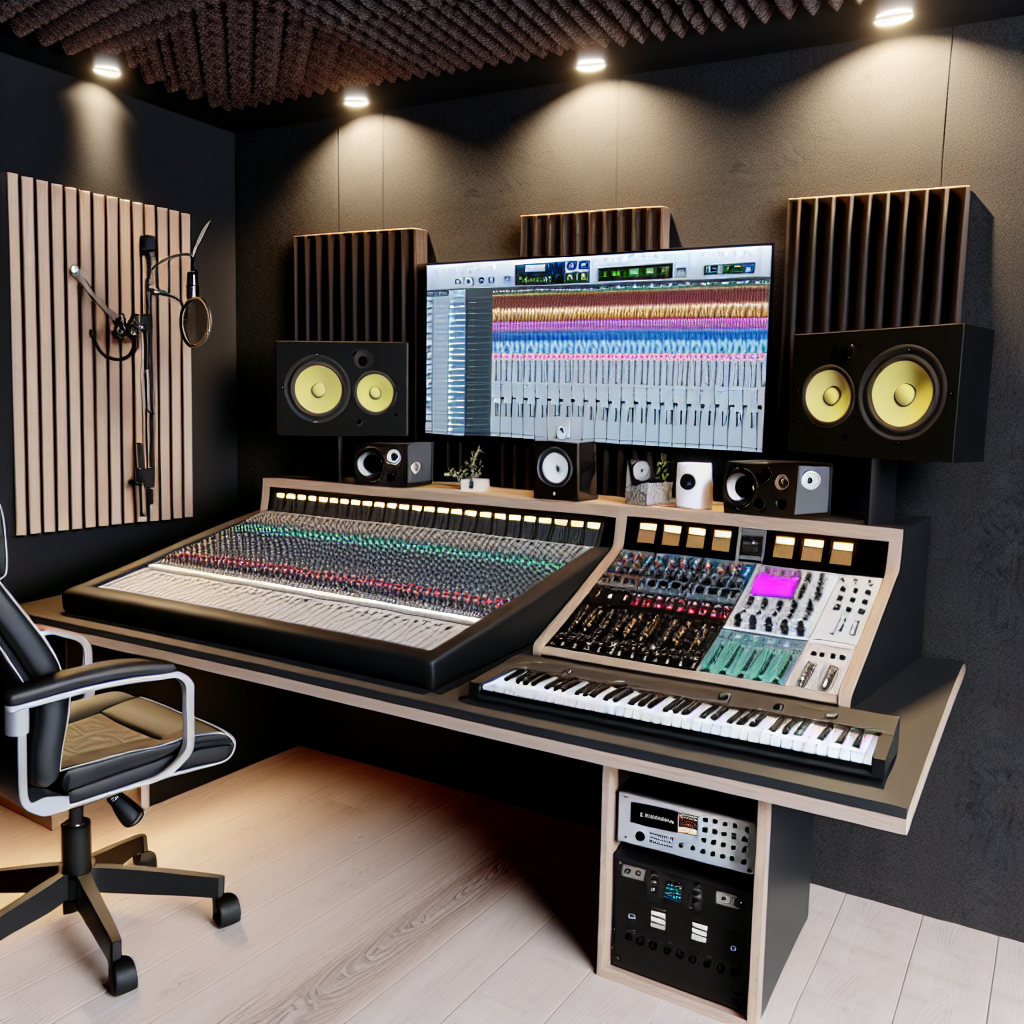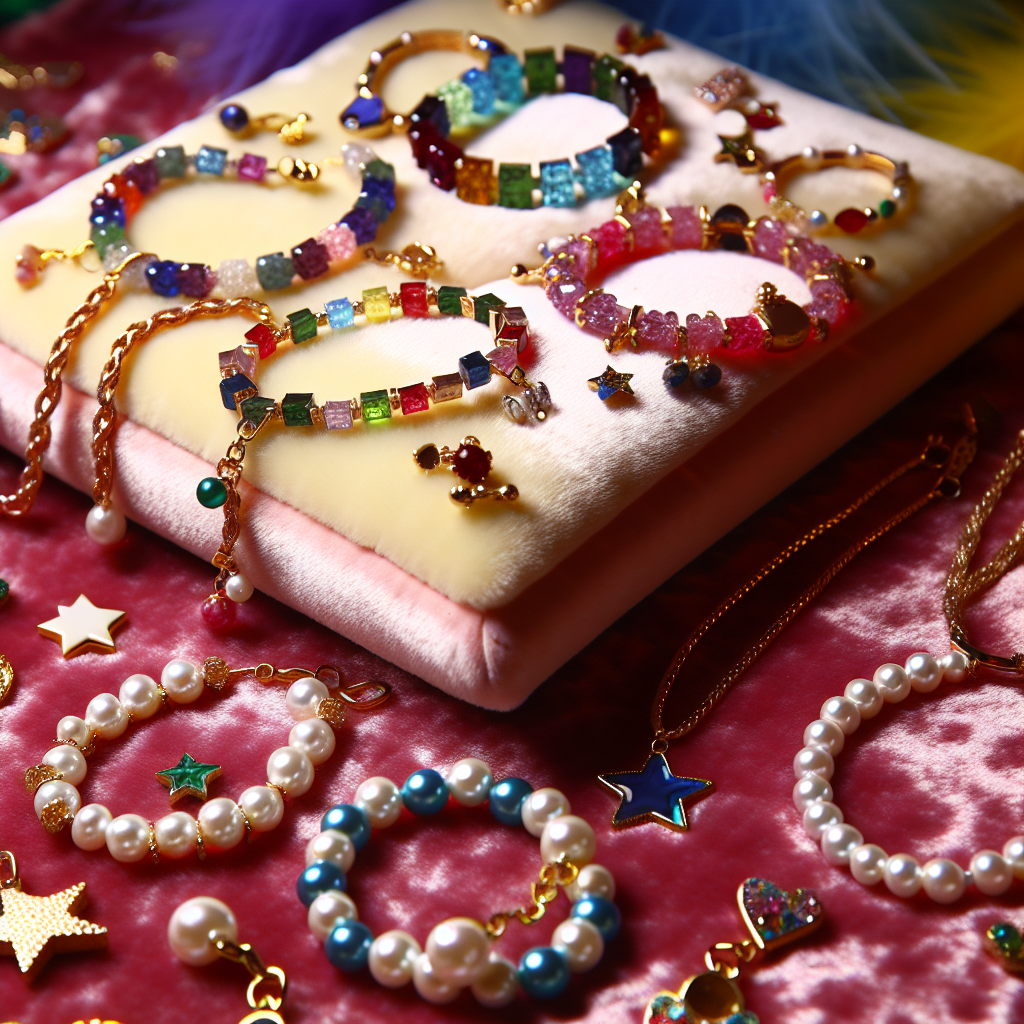Building Future Art Collectors: Introducing Children to Blue-Chip Investments
Introduction
As parents of means, ensuring your children have a well-rounded financial education is paramount. While traditional investments such as stocks and real estate are commonly discussed, cultivating an appreciation for alternative assets like fine art can offer both cultural enrichment and financial longevity. Blue-chip art—works created by established artists with a history of retaining or increasing in value—has long been recognized as a lucrative investment that transcends generations. Integrating fine art into your child’s financial literacy framework provides them with a unique edge, blending artistic appreciation with wealth-building acumen.
Fine art investments are not merely about financial returns; they shape a child’s ability to think critically, appreciate culture, and understand value beyond conventional assets. Today, esteemed pieces from masters such as Picasso, Basquiat, and Warhol continue to command multimillion-dollar valuations, proving blue-chip art to be a formidable store of wealth. By immersing children in the world of fine art from an early age, families can foster their taste, encourage discernment, and instill the necessary knowledge to eventually manage or expand an existing collection.
Encouraging children to explore art can start with museum visits, curated art books, and discussions with experts. As they grow, involvement in galleries, auctions, and art fairs will help them refine their understanding of what makes an artwork valuable. Beyond appreciation, understanding the business behind art—provenance, artist reputation, and historical significance—will aid in making informed investment decisions later in life.
Numerous studies highlight the cognitive and emotional benefits of exposing children to fine arts. Research underscores that early engagement with art strengthens critical thinking, problem-solving, and financial literacy skills, all of which are invaluable traits for future financiers and collectors. As elite investors continue to diversify their portfolios, educating the next generation about blue-chip art investments ensures that wealth, knowledge, and appreciation for cultural heritage are seamlessly transferred across time.
The Educational Benefits of Early Art Exposure
Educational and psychological studies support the idea that engaging with fine art at an early age significantly contributes to cognitive development, critical thinking, and decision-making—essential skills for future art collectors and investors.
How Art Enhances Critical Thinking & Problem-Solving Skills
According to a study conducted by the National Endowment for the Arts (NEA), students who are involved in high arts exposure demonstrate superior academic performance, improved problem-solving abilities, and heightened creativity. These are precisely the aptitudes required to assess investments with both intuition and analytical rigor.
Building Financial Acumen Through Aesthetic Judgment
Research from the Harvard Graduate School of Education found that the cultivation of aesthetic judgment in children aligns closely with the skills necessary for evaluating long-term financial decisions. The study highlights that individuals who have been exposed to culturally enriching experiences from a young age are more adept at analytical thinking, cultural valuation, and long-term investment strategy. Teaching children to appraise artwork alongside traditional asset classes fosters a balanced investment outlook that considers both tangible and speculative returns.
Art as a Wealth Preservation Tool
A report published by Deloitte’s Art & Finance division supports this notion by illustrating that high-net-worth individuals increasingly view art as a wealth preservation tool. Deloitte’s findings show that 67% of collectors consider art a viable financial asset, with the global art market surpassing $67 billion annually. These statistics reinforce the importance of preparing the next generation to engage with this sophisticated asset class while simultaneously appreciating its cultural significance.
The Science Behind Art and Cognitive Development
Studies in neuroaesthetics, a discipline that explores the neurological effects of artistic appreciation, show how experiencing high-art stimuli activates brain regions associated with reward, pleasure, and intelligence development. Exposing children to acclaimed artworks can increase neural efficiency and enhance memory retention. These findings demonstrate that introducing children to fine art doesn’t just prepare them for blue-chip investing but also strengthens cognitive functions that hold vast applications in financial literacy and decision-making.
Conclusion: A Legacy of Wealth and Culture
Wealth-building extends beyond conventional investments—it includes cultivating an appreciation for assets that hold cultural and financial power. Teaching children about blue-chip artworks offers them a unique advantage, merging aesthetic sensibility with economic acumen.
Research underscores the impactful benefits of early exposure to art, from cognitive and emotional development to long-term investment strategy formation. Creating future art collectors means giving your children the tools to discern, invest wisely, and preserve wealth while embracing the timeless beauty of fine art. By immersing them in both appreciation and market understanding, you provide them with an enriching legacy that spans generations.
**Summary:**
Introducing children to fine art, particularly blue-chip investments, can provide them with a unique advantage in wealth-building and cultural appreciation. Early exposure to art enhances critical thinking, problem-solving, and financial literacy skills, preparing them for future success as art collectors and investors. By cultivating an understanding of the art market and the cognitive benefits of artistic engagement, parents can create a lasting legacy of wealth and cultural appreciation for their children.
**References:**
1. [National Endowment for the Arts – Literature Review on Arts Education](https://www.arts.gov/sites/default/files/arts-integration-literature-review.pdf)
2. [Harvard Graduate School of Education – Why the Arts Matter](https://www.gse.harvard.edu/news/uk/18/05/why-arts-matter)
3. [Deloitte Art & Finance Report 2021](https://www2.deloitte.com/content/dam/Deloitte/lu/Documents/financial-services/lu-art-finance-report-2021.pdf)
4. [Neuroaesthetics Study – Journal of Psychopharmacology](https://journals.sagepub.com/doi/10.1177/2045125312453269)

Dominic E. is a passionate filmmaker navigating the exciting intersection of art and science. By day, he delves into the complexities of the human body as a full-time medical writer, meticulously translating intricate medical concepts into accessible and engaging narratives. By night, he explores the boundless realm of cinematic storytelling, crafting narratives that evoke emotion and challenge perspectives. Film Student and Full-time Medical Writer for ContentVendor.com




